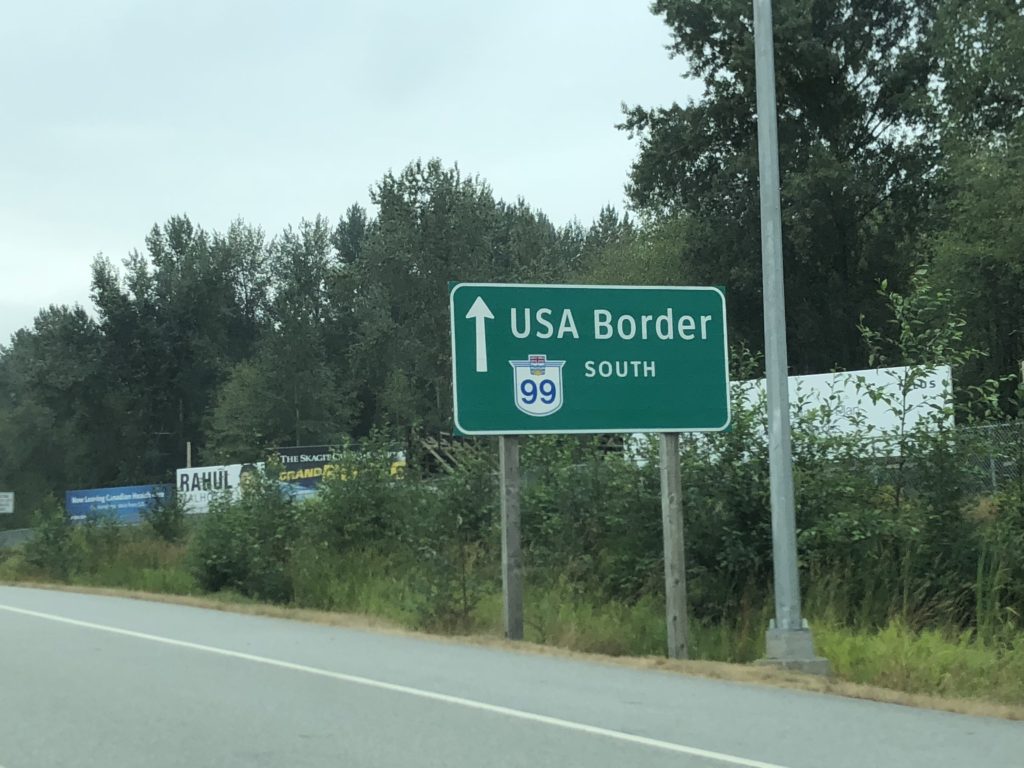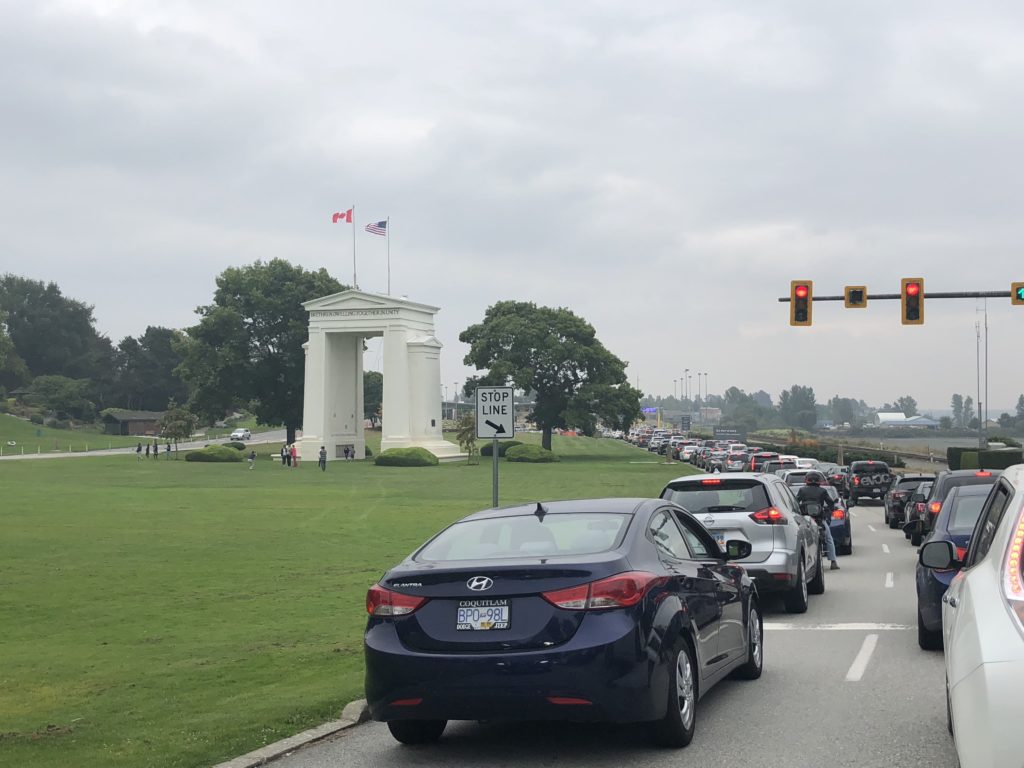After a very busy period, we treated our four day stay in Vancouver as a major unwind. Preceded by lots of exploring, driving, hiking, sight-seeing, and decision-making, we chose to have a peaceful few days by the Pacific Ocean. This involved grocery shopping and home cooking, catching a movie at the cinema, putting some thought into the markets, as well as lots of chilling. But, being travel bugs, we couldn’t help but do at least one interesting thing each day.
The first of these was stopping into an old friend’s coffee shop in the heart of Vancouver’s downtown. The place is amazing. On each of our two visits, the coffee shop was very busy and the food was fantastic. They have a strong focus on artisan breads and we can attest to the quality of the chocolate sourdough, one of their best-selling items. The coffee was top class, and after a few weeks of Tim Horton’s and McDonalds’ coffee, each sip felt like receiving a bear hug from Oprah.
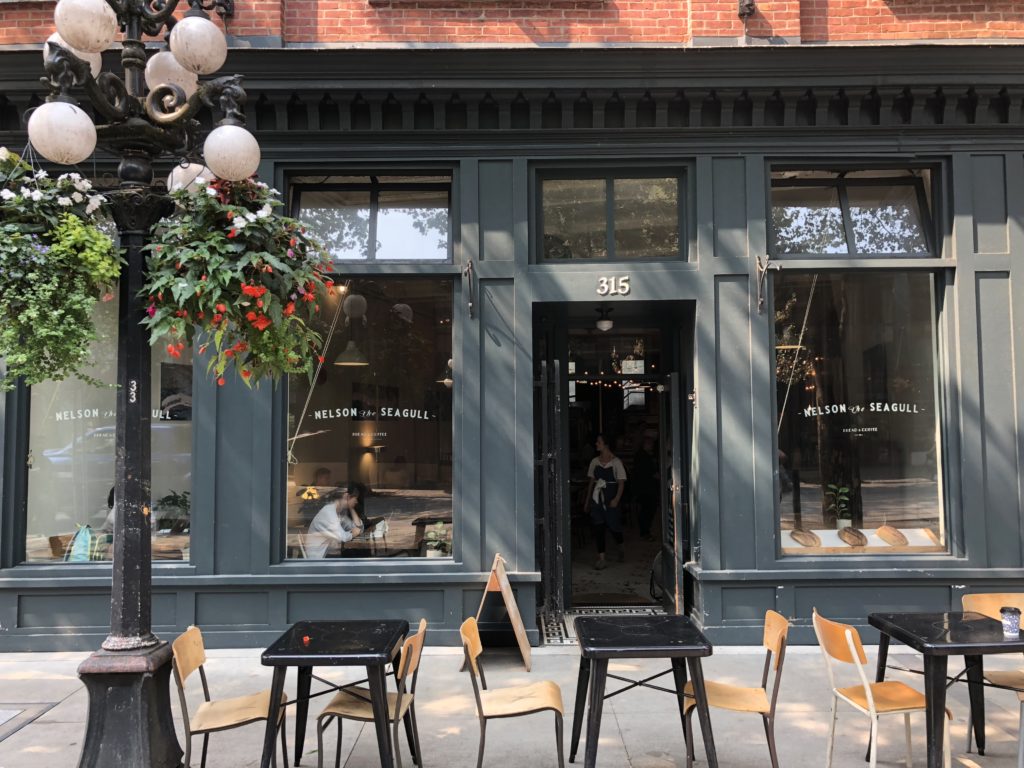
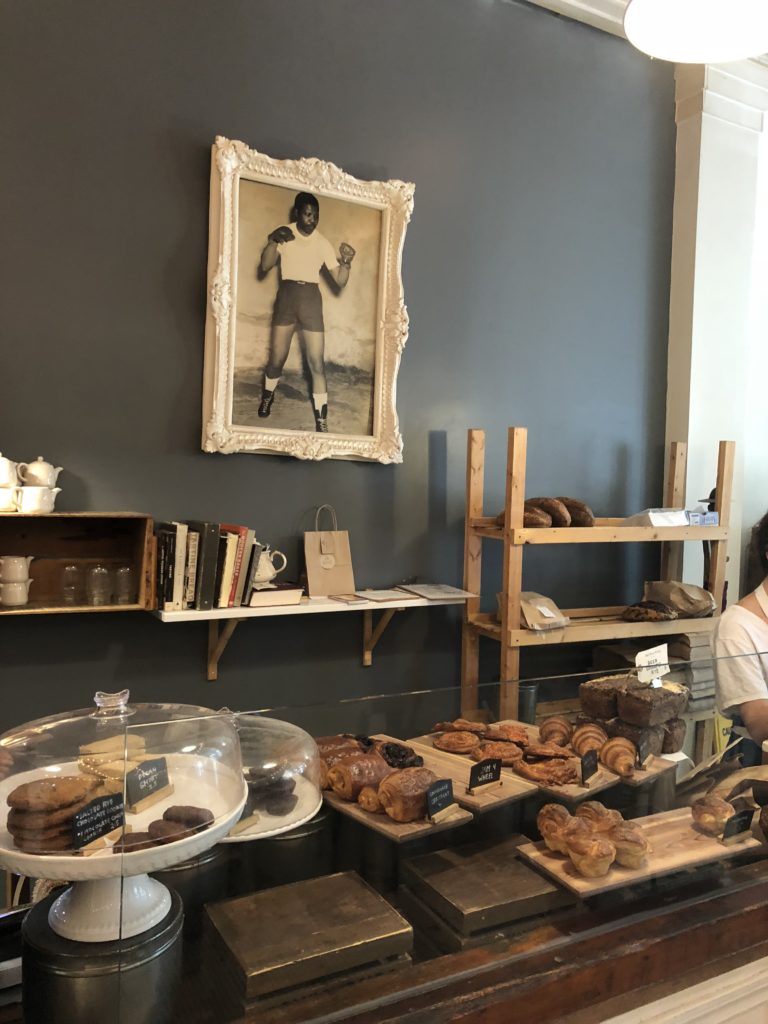
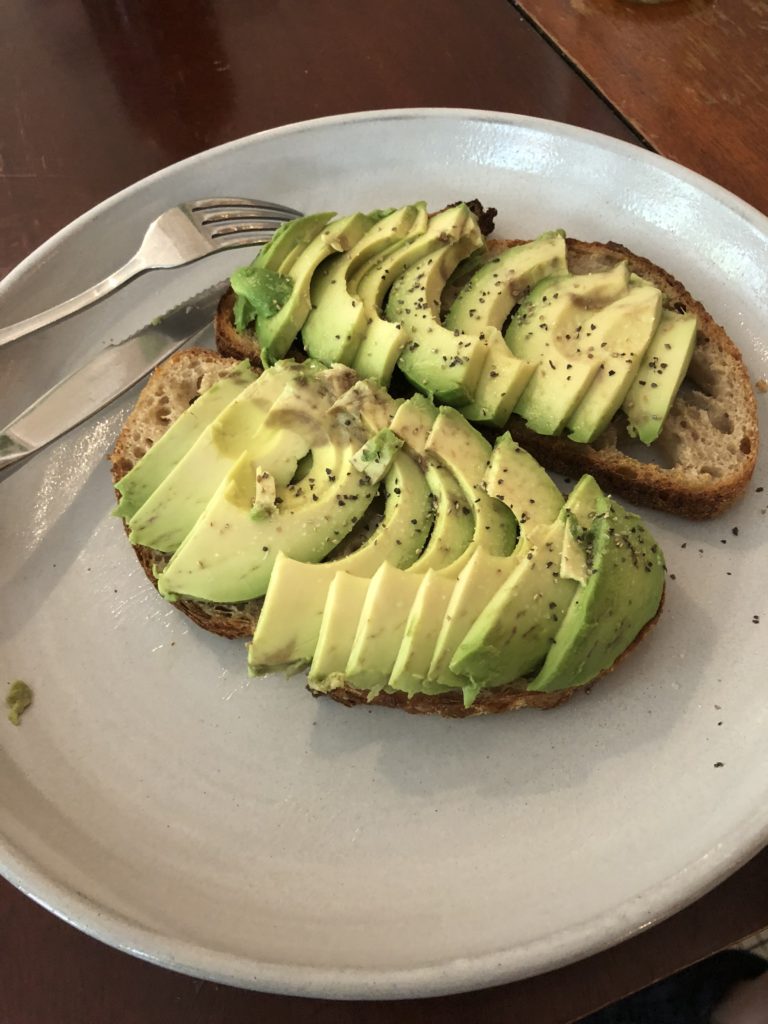
Seeing the fruits of years and years of labour, of two people making something from scratch that is their enterprise that reflects them, was very inspiring to see. How cool it is to create something all of your own that reaches, influences, and is accepted by so many people. What a cool contribution.
This part of downtown is called ‘Gastown’ and is actually where Vancouver started. It’s a surprisingly young city that began with sawmills in the 1860s. A chap by the name of “Gassy” Jack Deighton established a makeshift tavern beside the Hastings Mill in 1867. It was built by idle sawmill workers in exchange for all the whisky they could drink in one sitting (the nearest bar was 25 miles away). The nickname ‘Gassy’ apparently related to his penchant for storytelling. A settlement quickly grew around this tavern and became known as Gastown. At one point, the name changed to Granville. Then, when the Canadian Pacific Railway chose the town as its western terminus, they renamed it Vancouver in honor of George Vancouver, an officer with the British Navy.
The city has the benefit of a huge natural harbour. Today, it is Canada’s largest port and the third-largest in the Americas. Western Canada is a particularly resource-rich part of the world. A lot of these resources, be they from forests, mines, or oil wells, end up moving via Vancouver. On top of that, the container and cruise traffic is very high. Here’s a view of the city and the harbour from Stanley Park:
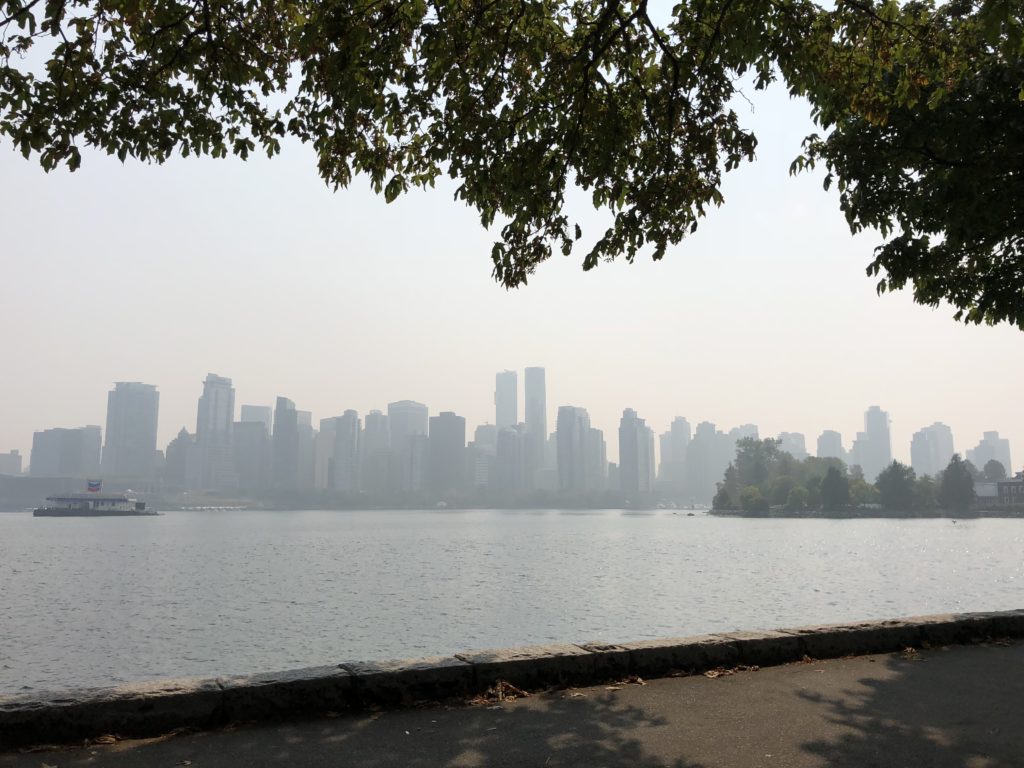

Stanley Park is something special – an enormous park right in the heart of the city. It’s 1000 acres, larger than Manhattan’s Central Park. For the most part, the park has been left as it was found in the 1800s, giving it a very natural feel, with only a handful of developed areas. Driving through the park is a pleasant escape from the city.
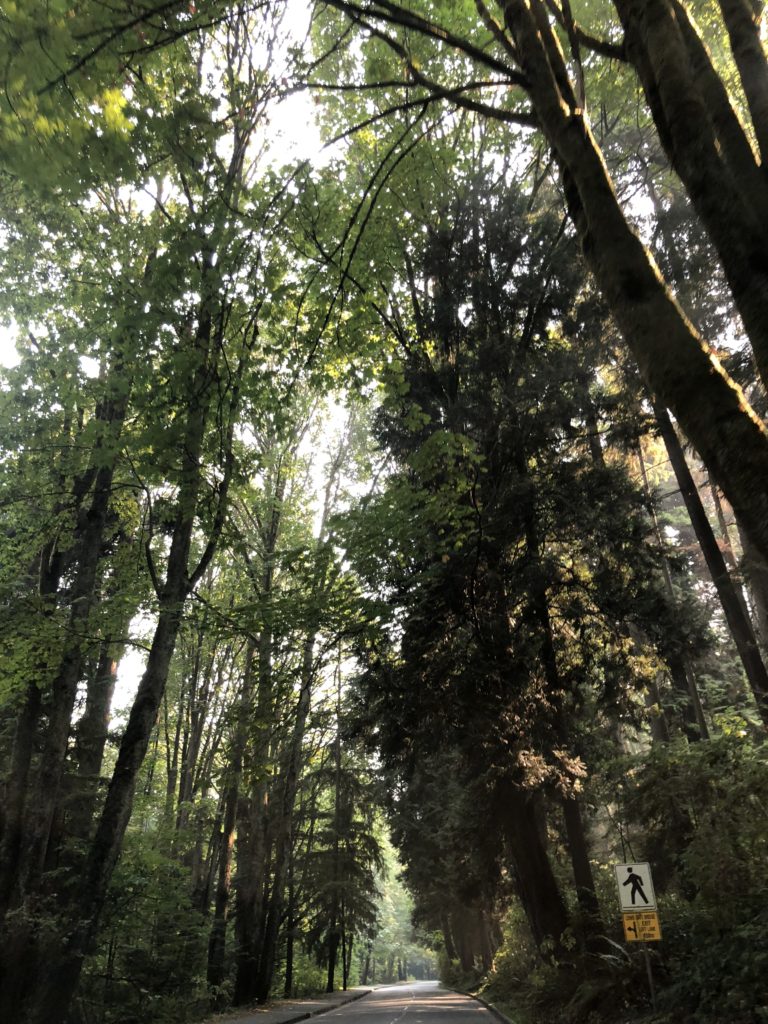
There’s even a cricket pitch. This served as confirmation that we had indeed left the United States.

English Beach is also right next to Stanley Park, and the city.
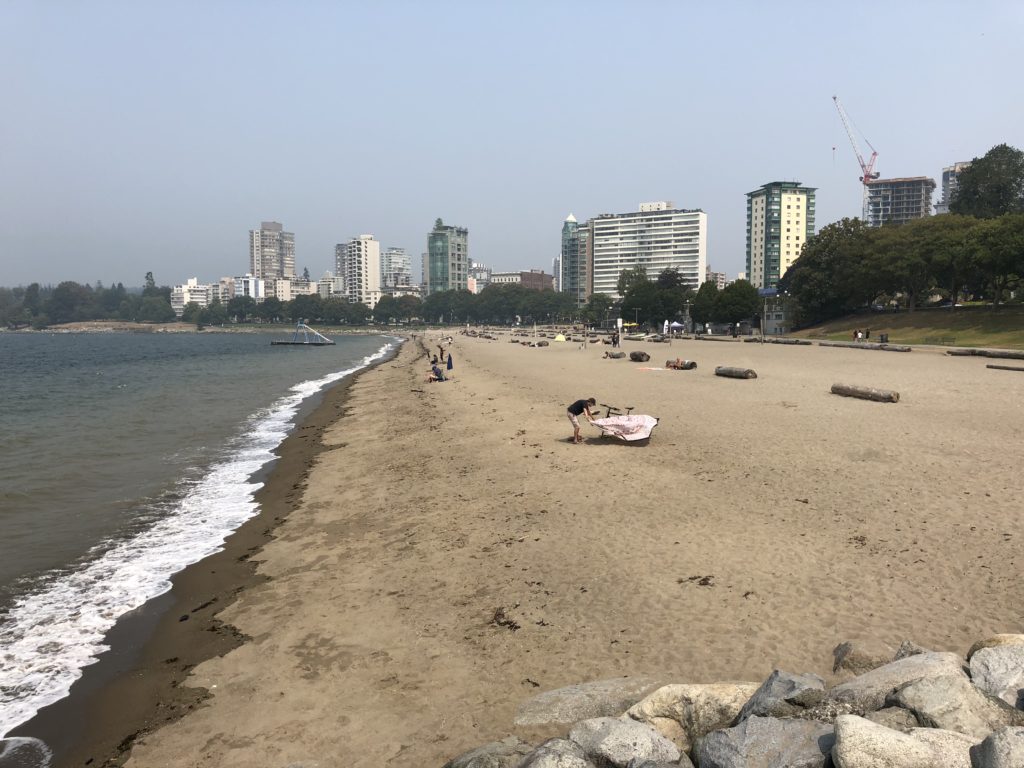
There was a cool display of totem poles in the park. Unique to Native Americans from British Columbia and lower Alaska, totem poles are apparently like a ‘coat of arms’ for a group, one that tells a true or mythical story.
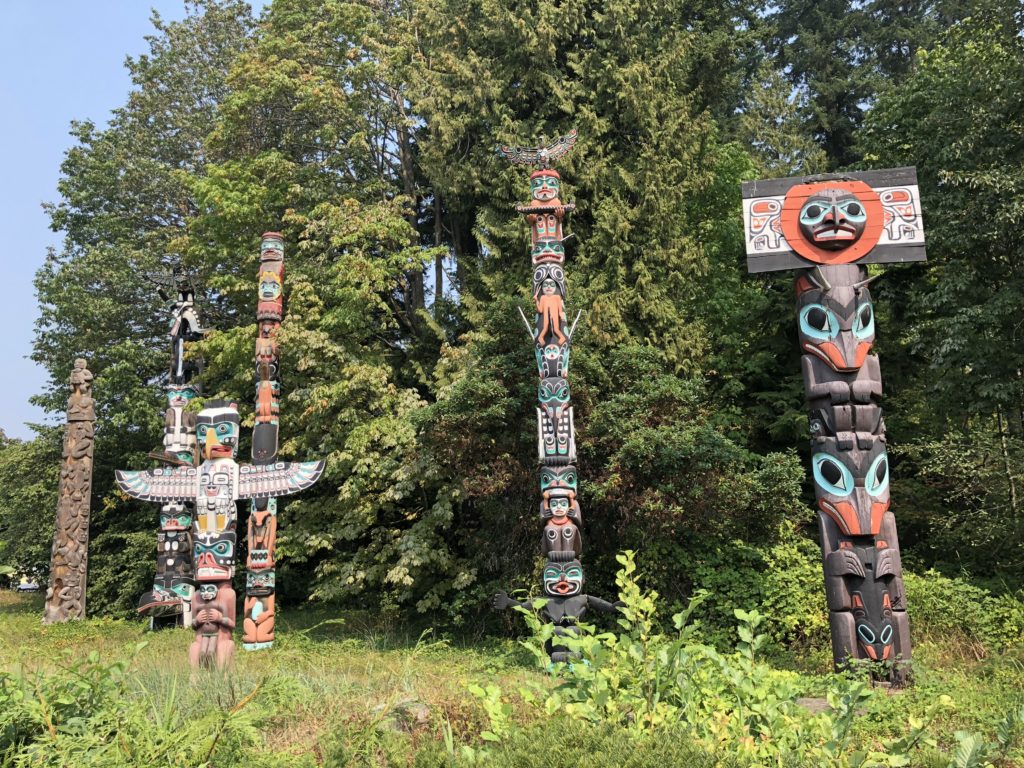
We also explored another park south of downtown called Queen Elizabeth Park. The view of the city from the park was a bit hazy that day, but the quarry gardens made up for it.
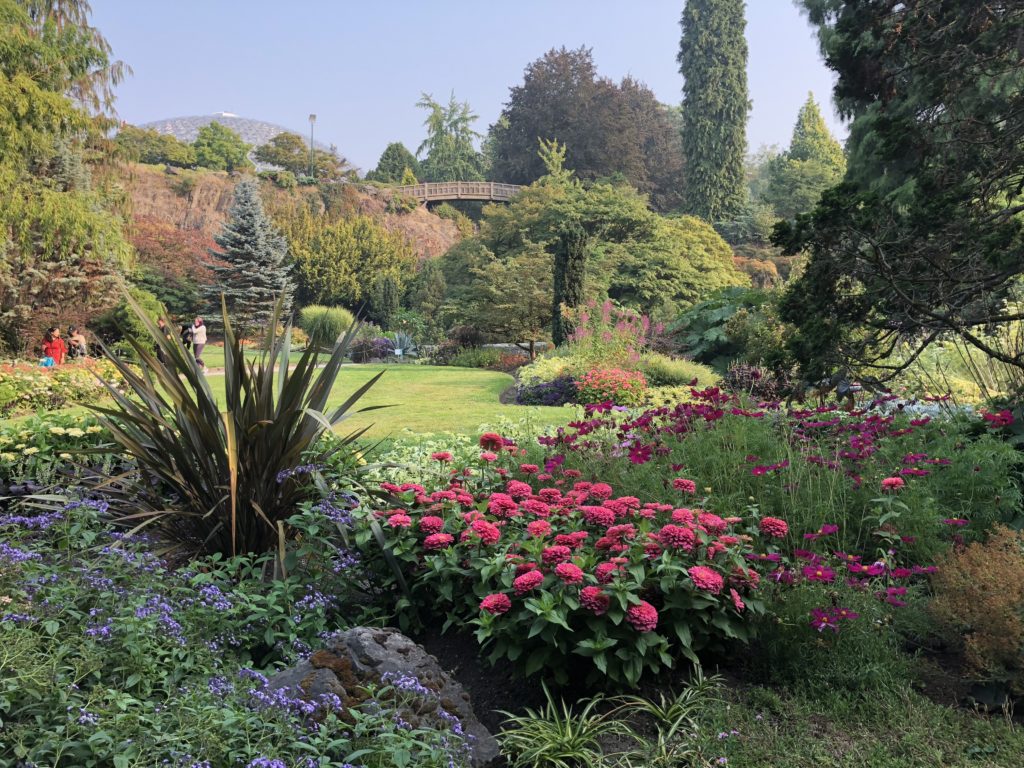
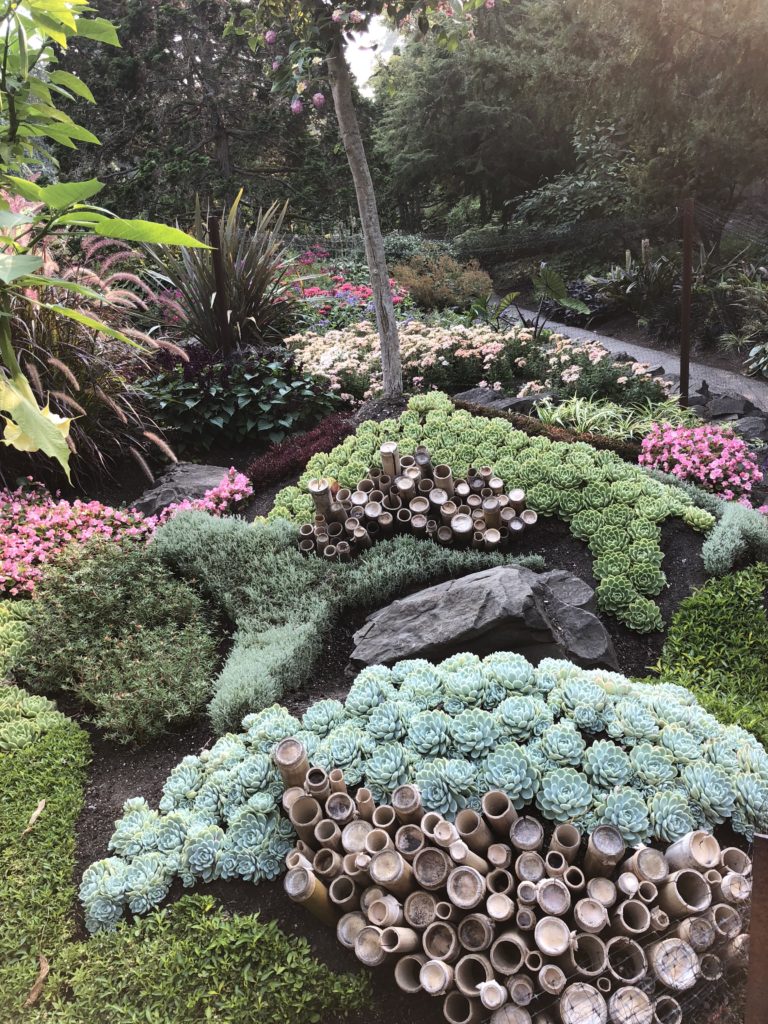

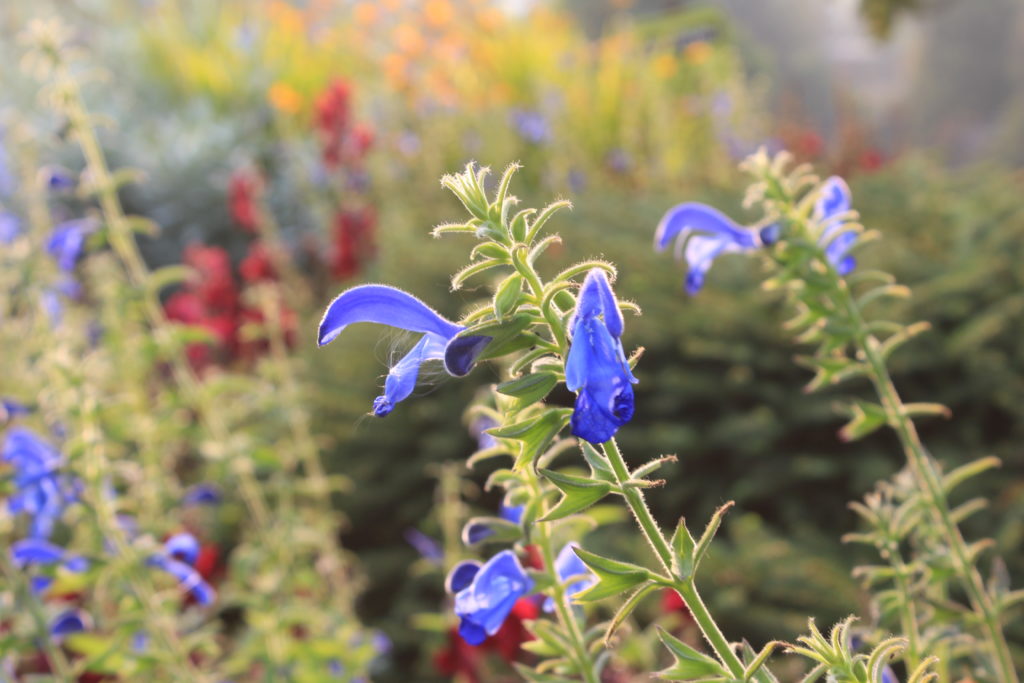
Another awesome find was Granville Island. It was created in 1914 by the dumping of dredged material. It became an industrial district, and by the 1960s, a fairly seedy place. A group banded together and began redeveloping the place. It has now grown into one of Vancouver’s hottest spots – a pretty funky and quirky one. There’s a large food market as well as all sorts of artisan shops – glassworks, a blacksmith, an apron store, a broom store, soap makers, that sort of thing. It’s a hipster delight.
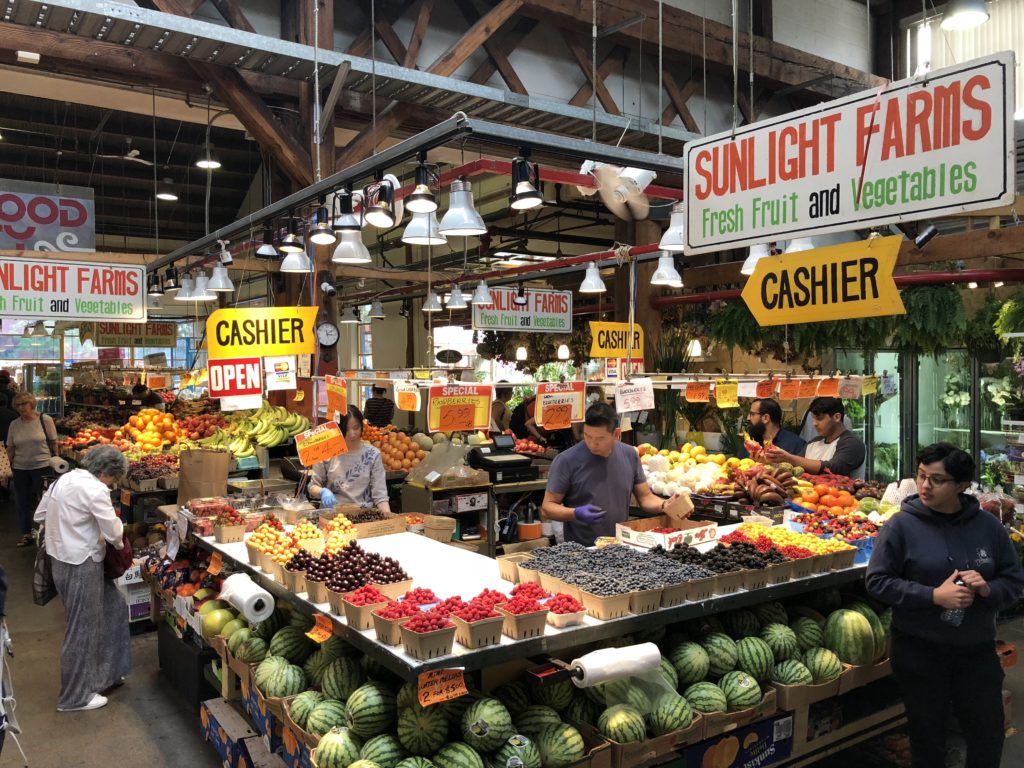
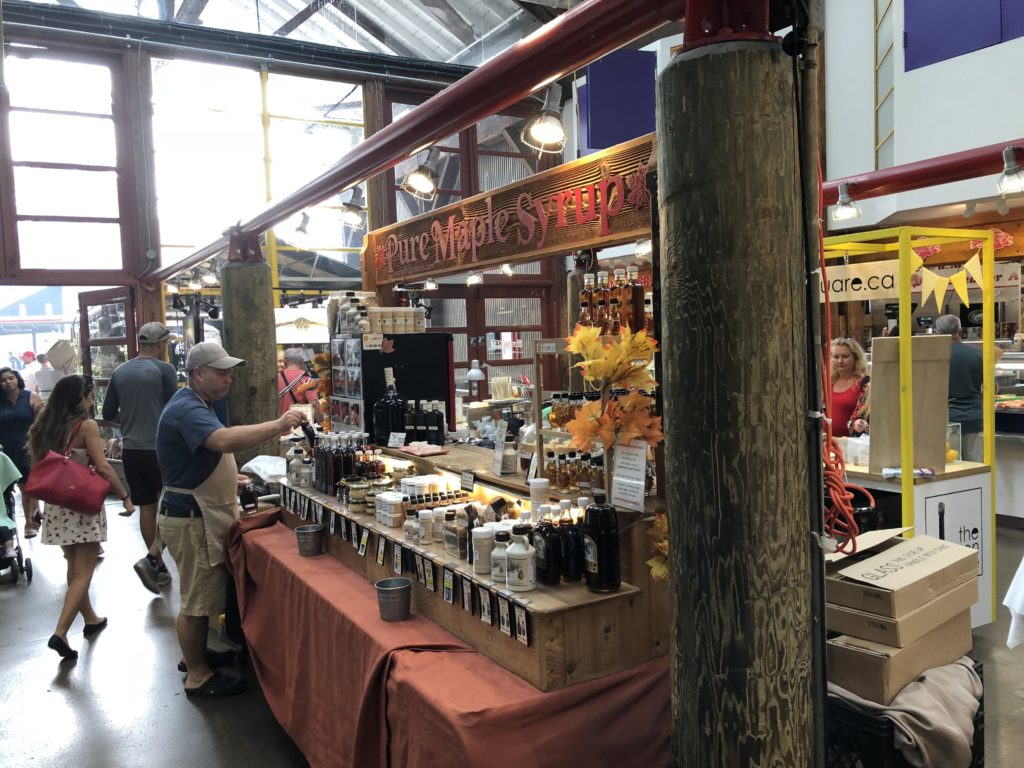
Vancouver is a bit of a paradox. The downtown area its exceptionally densely populated – one of the few Western cities that reminds me of the Far East (with its sea of huge apartment towers). But as you leave the centre, the city has an enormous wide-reaching sprawl. Overall, the greater Vancouver area holds around 2.5 million people. The city is unique in other ways – over 50% of Vancouverites have a first language other than English. In the 1980s, there was a major influx of Chinese from Hong Kong as the British handed the island back to the PRC. About 30% of the population has Chinese heritage and the city earned the nickname “Hongcouver” as a result.
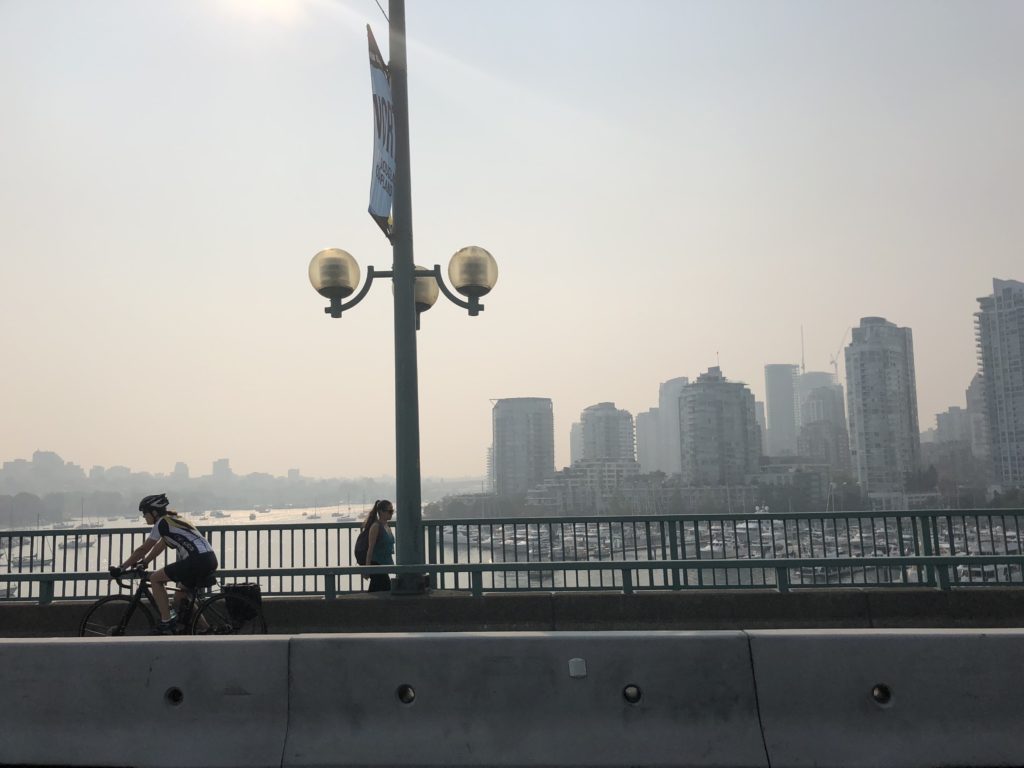
We also experienced a darker side of the city. In a different section of Gastown, we found a couple of streets filled with drug addicts. It’s a truly frightening sight – people just out of their minds, stumbling around like zombies. I had heard a lot about the opiod epidemic that has been gripping the US and Canada for the last decade. While we had seen pieces of it along the way, this was our first ‘in-your-face’ experience of it. Brutal and shocking. Each city probably has such an area, and we certainly found Vancouver’s. We wandered around a small outdoor market, inside the hall of a small lending company, and past people taking drugs on the pavement. It felt like the absence of hope.
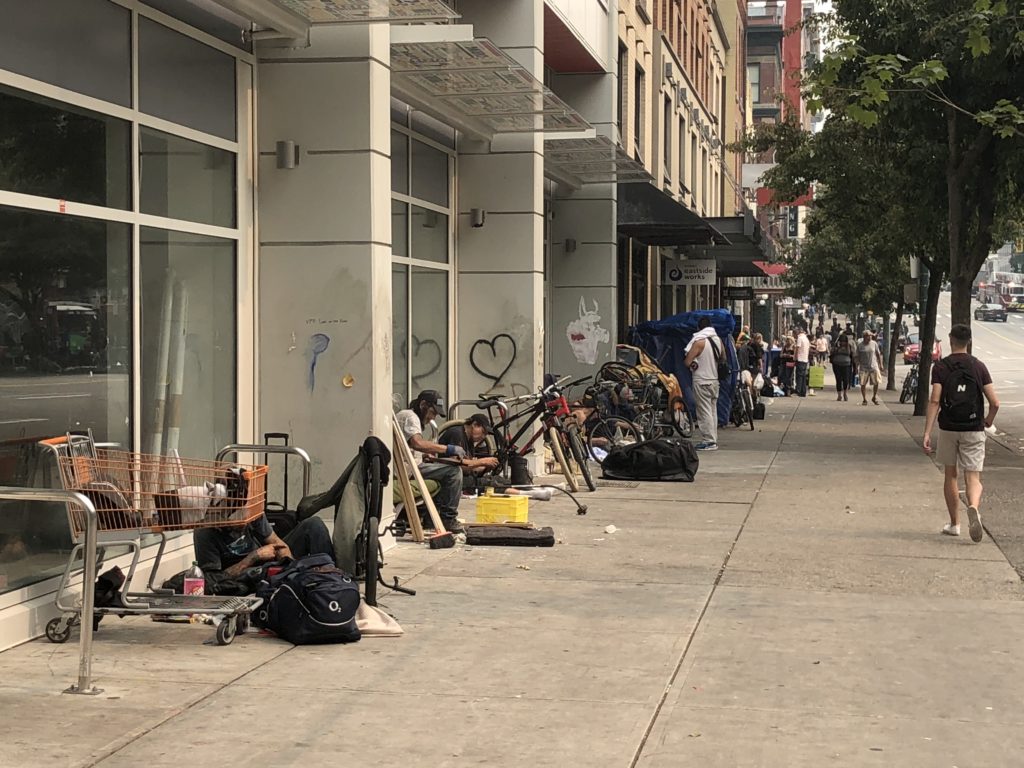
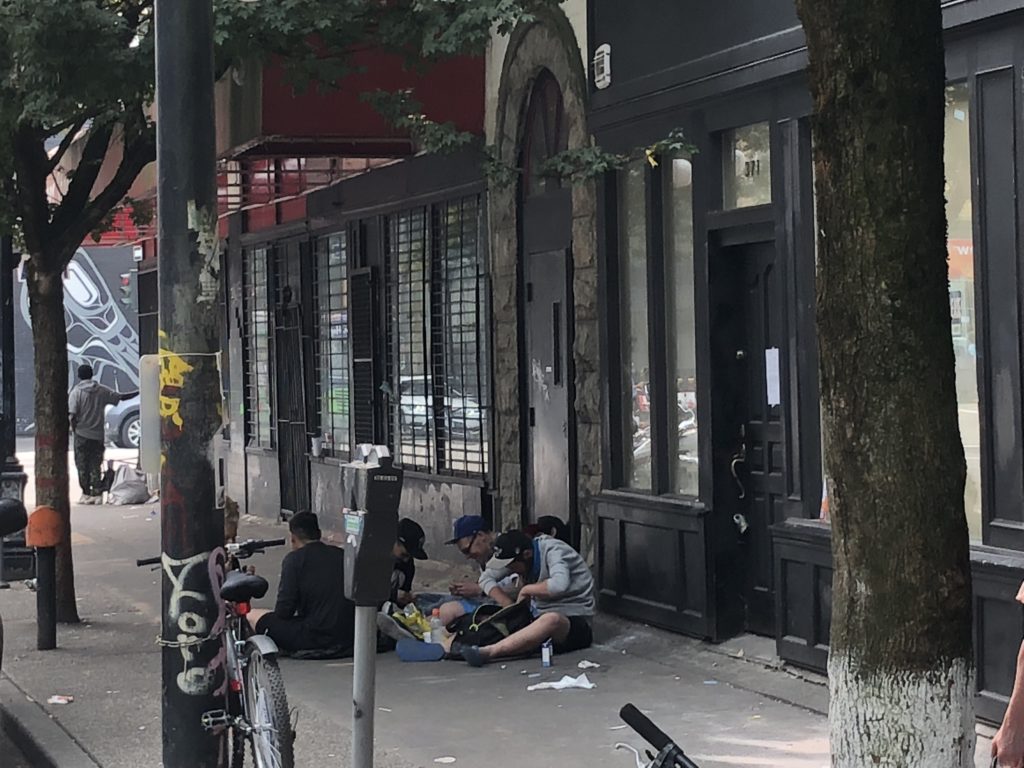
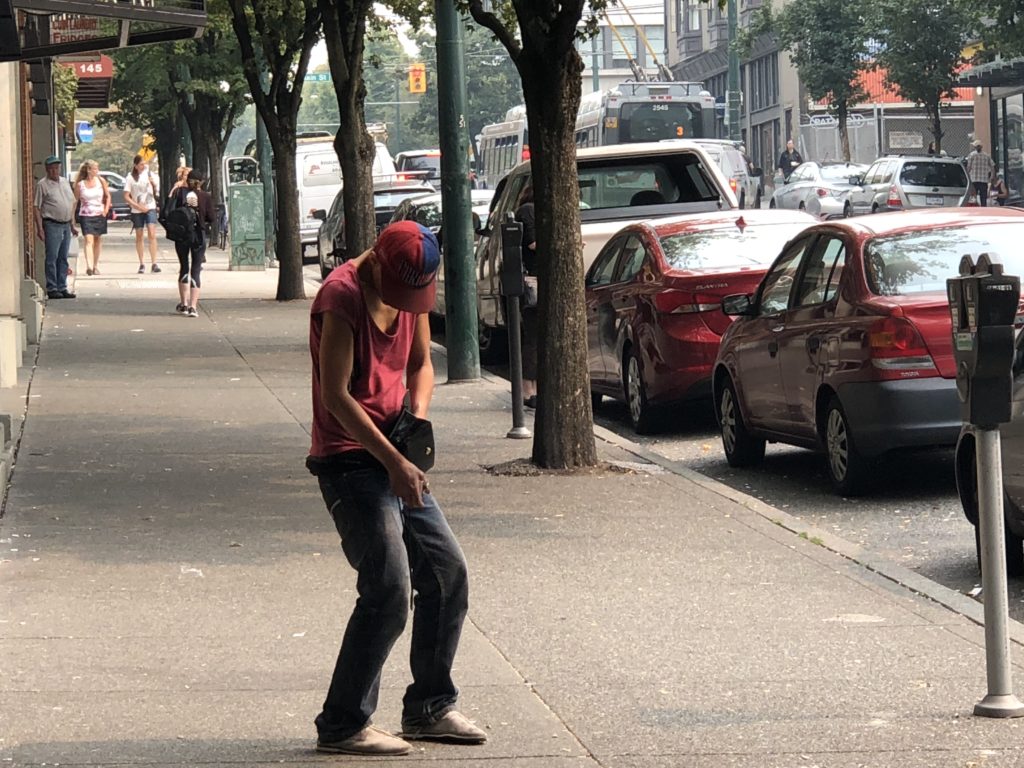
Aside from this, our stay in Vancouver was a period of calm amid a busy adventure. Sufficiently refreshed, we headed south across the border into the state of Washington, with our sights set on Seattle.
